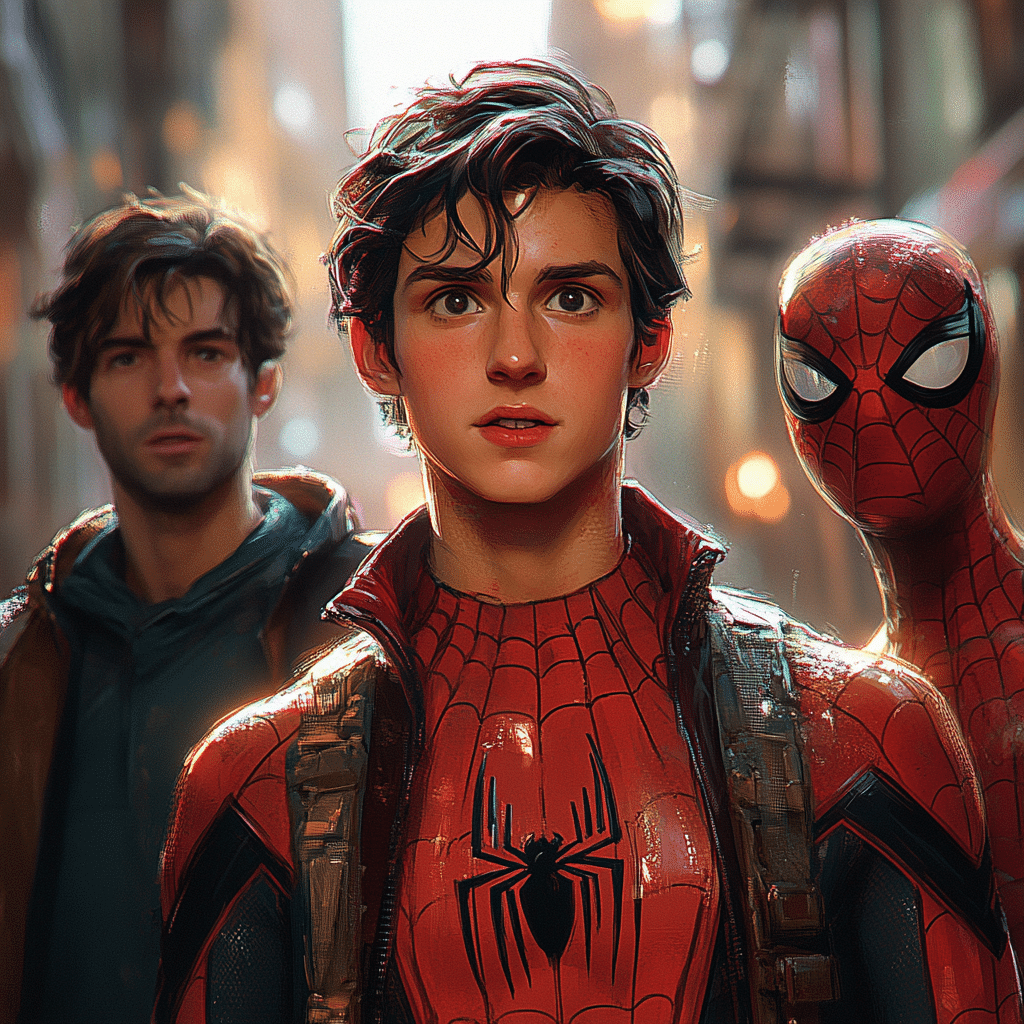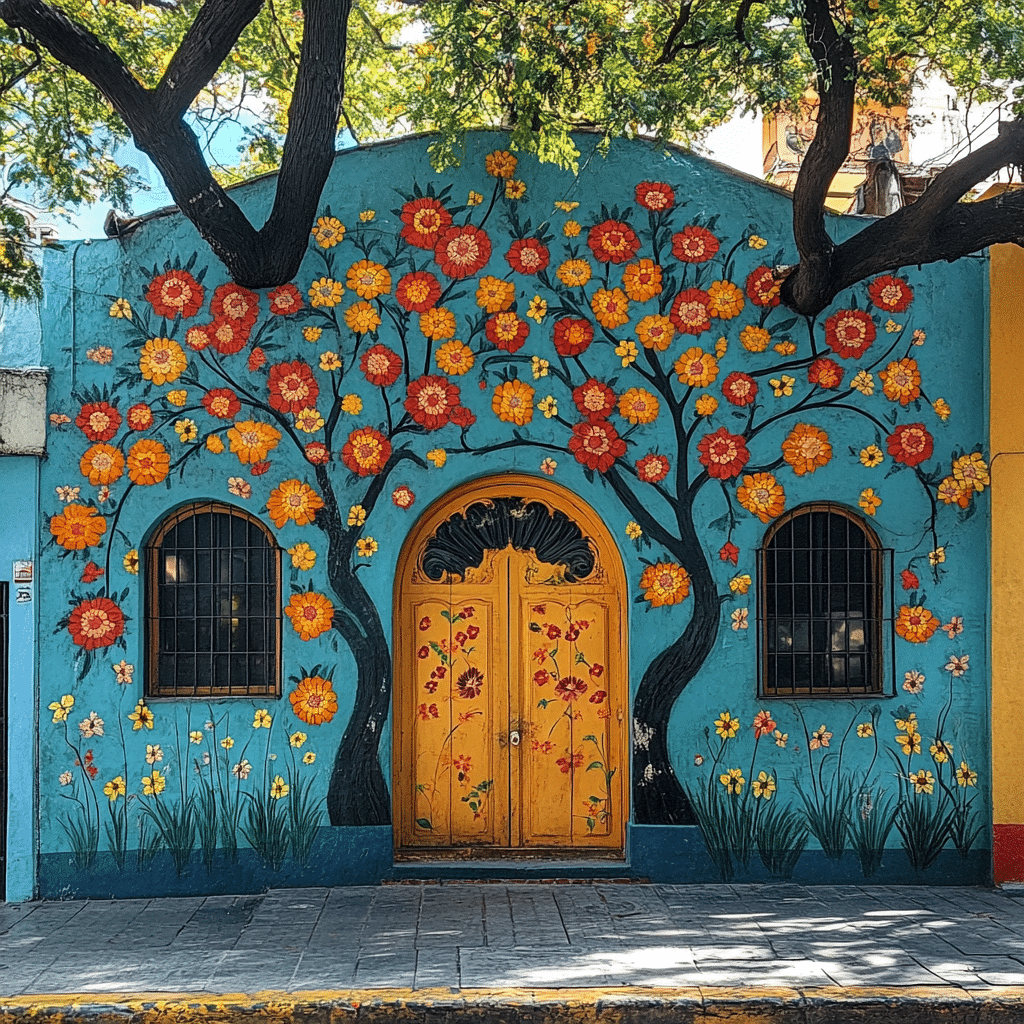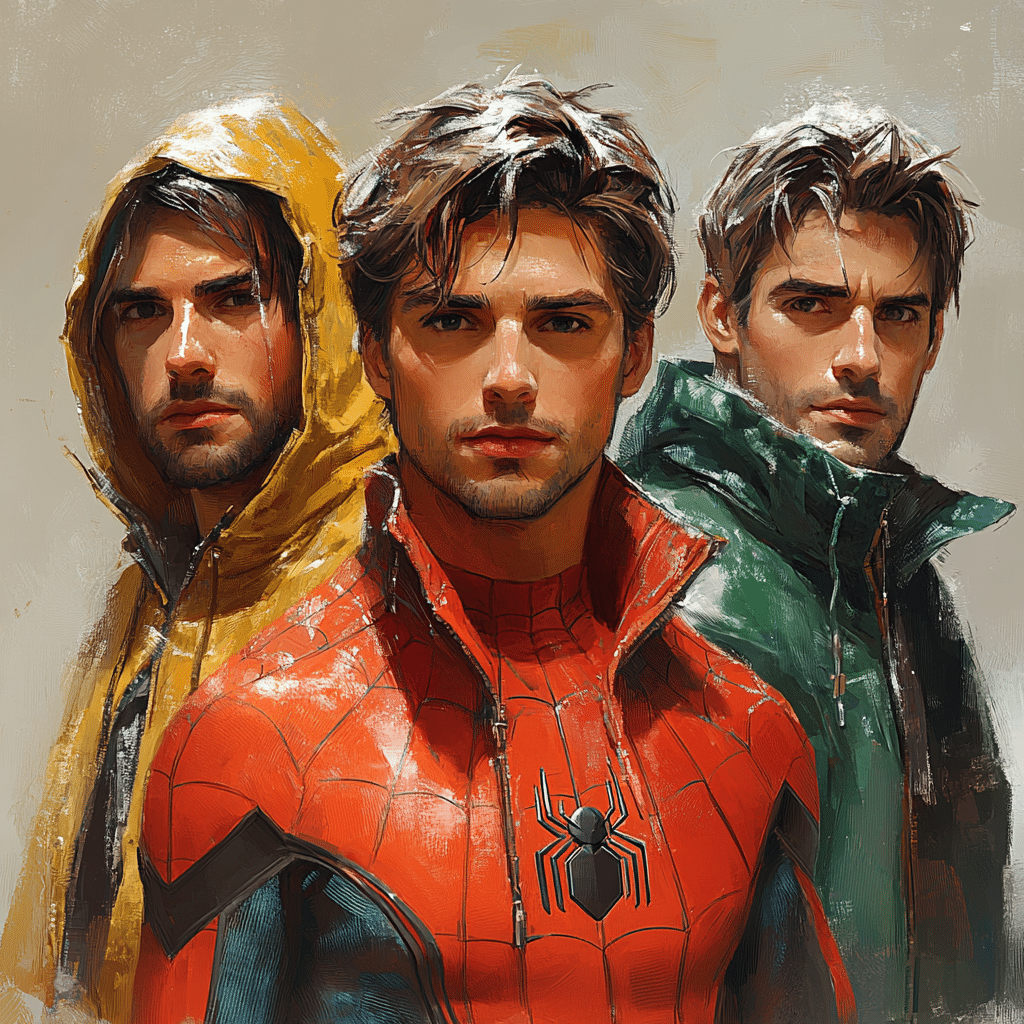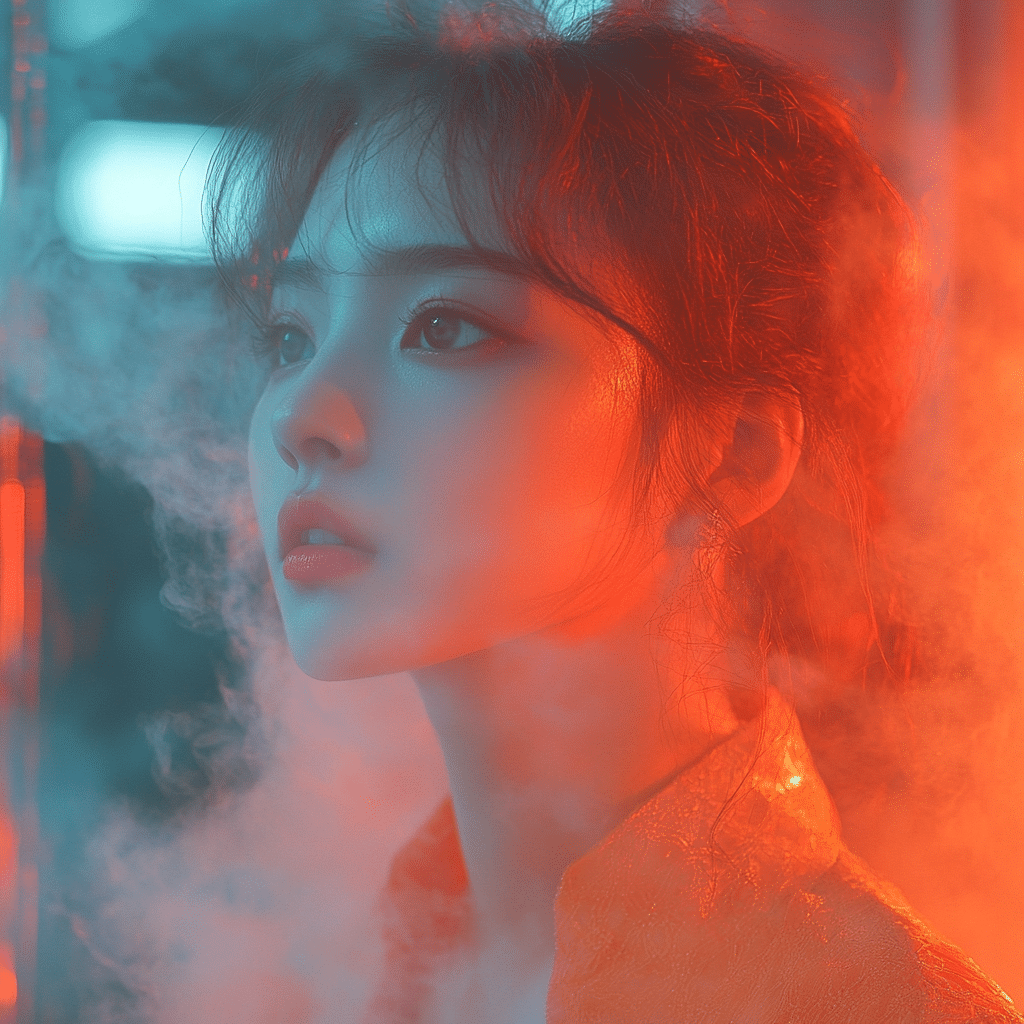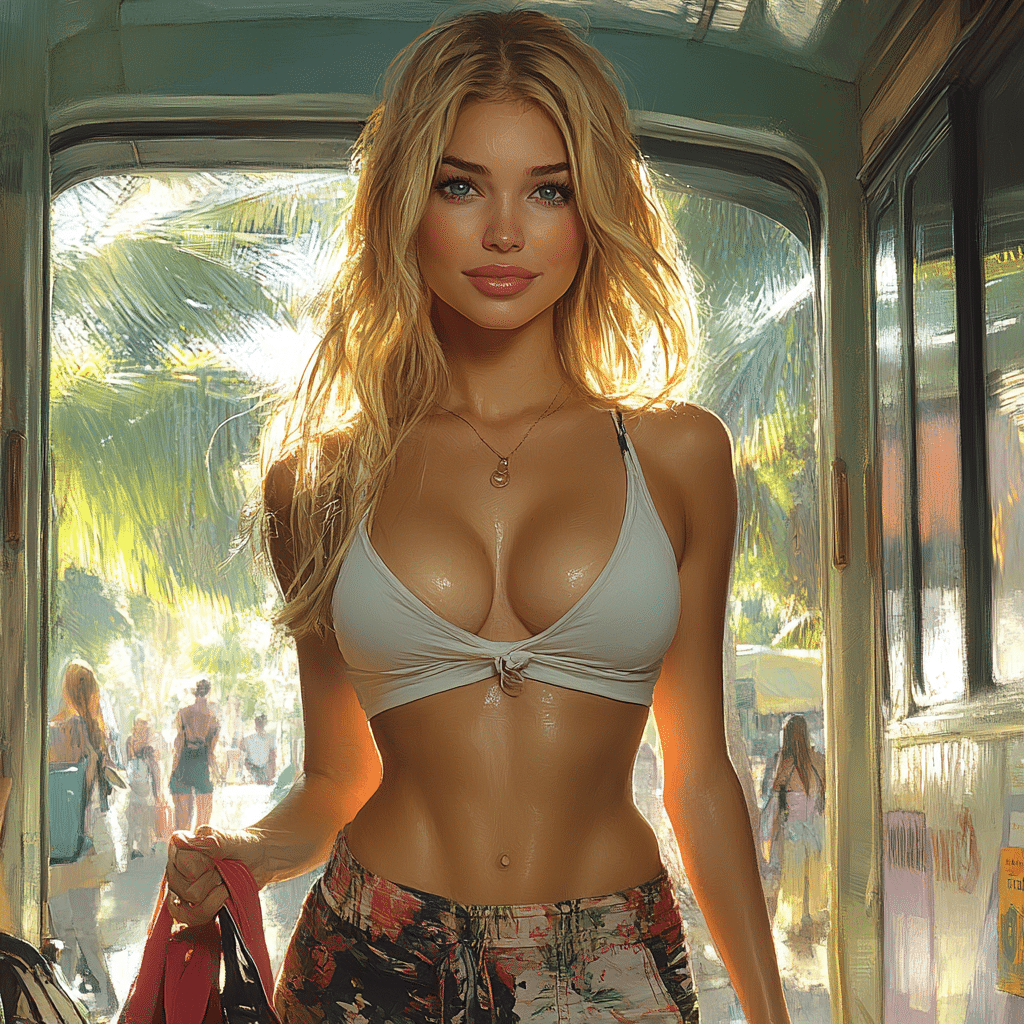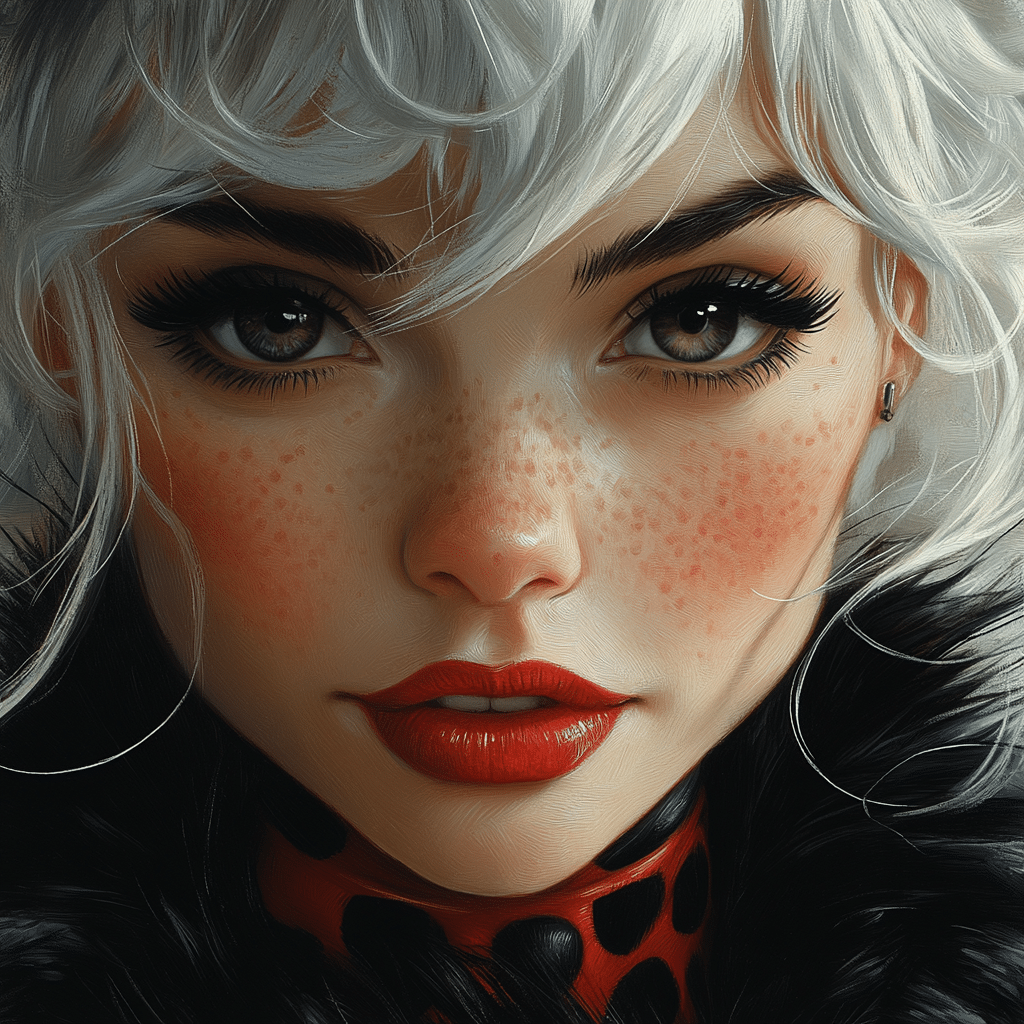The 2018 animated film Spiderman: Into the Spiderverse has redefined the landscape of animated cinema and continues to influence creators and audiences alike. This spectacular film revolutionized animation, storytelling, and cultural representation. It’s a bold statement, but this flick has left an indelible mark that’s pushing the boundaries of creativity and expression in the animation landscape today.
In the world of superhero films, Spiderman Into The Spiderverse broke the mold and introduced viewers to an artistic style that had folks buzzing from the get-go. In terms of animation and character development, it simply raised the bar. The lessons learned from this film are not just for budding animators but for storytellers everywhere, creating ripples in everything from indie films to studio blockbusters. It’s a game-changer—no doubt about that.
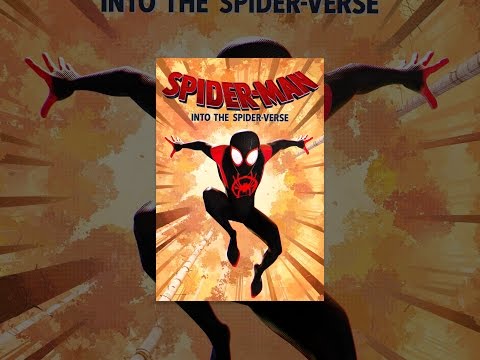
Visual Style That Revolutionized Animation
The captivating visual aesthetic of Spiderman Into The Spiderverse stands out as one of its most significant contributions to animation. Blending 3D computer graphics with traditional hand-drawn techniques gave it a striking comic book feel. This exciting visual approach is something other animated films have yet to replicate effectively.
Setting itself apart, Into The Spiderverse uses “comic book panels” and a dynamic color palette, leaving audiences craving more of that stylistic vibe. Remember how the visuals in the sequel, Spider Man Across the Spider Verse, echoed this innovative feel? It’s clear studios are paying attention. You can even spot these bold colors and dynamic styles in hits like The Mitchells vs. The Machines, which are riding this visual wave.
Consider this: how many animated features have successfully created a transmedia experience that resonates across age groups? The sophistication of the visuals fuels the movie’s power, proving that animation can be much more than just a kid’s pastime. The focus on visual engagement invites viewers to dive deeper into the film’s narrative, intensifying the overall experience.
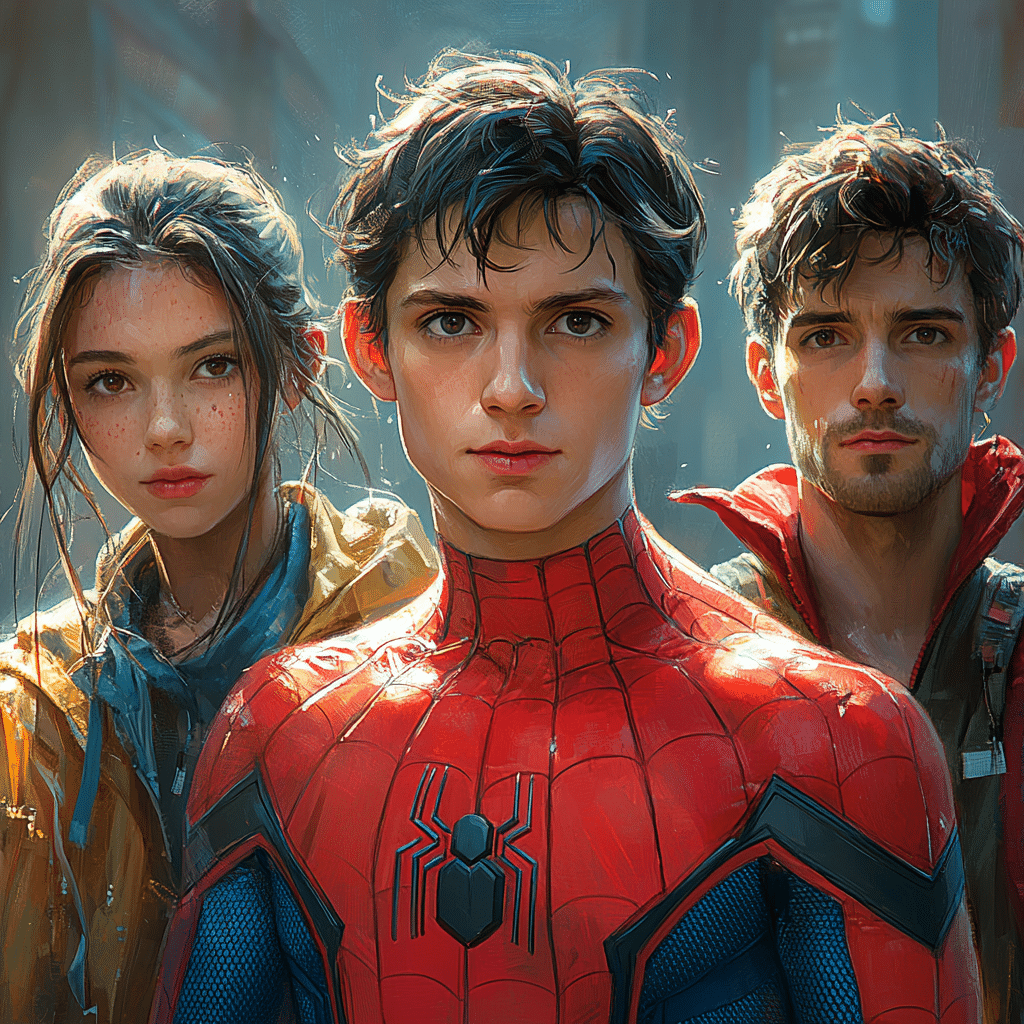
A Multiverse of Characters: Breaking Traditional Narratives
Another dramatic shift initiated by Spiderman Into The Spiderverse is the introduction of a multiverse filled with a diverse cast of Spider-People. You’ve got characters like Spider-Gwen and Spider-Man Noir enriching the storytelling fabric. This ensemble cast brilliantly showcases the film’s core message—that anyone can wear the mask, regardless of their background or experiences.
This approach sends a clear signal about the need for diversity in media. Just look at how X-Men Origins: Wolverine integrated character arcs into a broader saga, allowing different backgrounds to intermingle. Executives in Hollywood are now more aware of this, taking notes and encouraging a fresh direction in new projects.
Diversity must come from genuine representation, and Into The Spiderverse nails it. As a result, we see a slew of future animated films trotting down this path, varying character backgrounds not just to tick boxes but to tell authentic stories. That’s the bottom line—having relatable stories rooted in cultural authenticity captivates audiences and keeps them coming back for more.
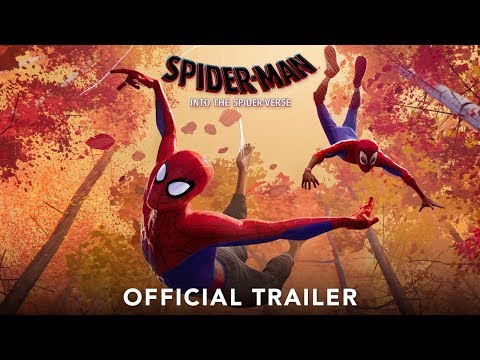
Impact on Cultural Representation in Animation
Spiderman Into The Spiderverse is a significant leap forward in cultural representation. Centering a biracial character, Miles Morales, in a traditionally white superhero narrative strikes a chord with audiences. The film artfully integrates Miles’ Brooklyn upbringing and his Afro-Latino heritage, offering a refreshing departure from conventional superhero tales.
It’s not just about the facts; it’s the emotional resonance that really counts. Miles Morales’ journey becomes relatable to many young viewers navigating their own identities. The film’s success encourages studios to embrace a richer tapestry of cultural backgrounds in family-friendly films, making them more authentic and meaningful.
Take a peek at Raya and the Last Dragon, where the all-Asian cast draws from diverse cultural influences, setting a precedent that resonates with what we learned from Miles Morales. It’s all about paving the way for future stories that don’t just focus on representation for representation’s sake. Instead, they strive for authenticity and deeper understanding.
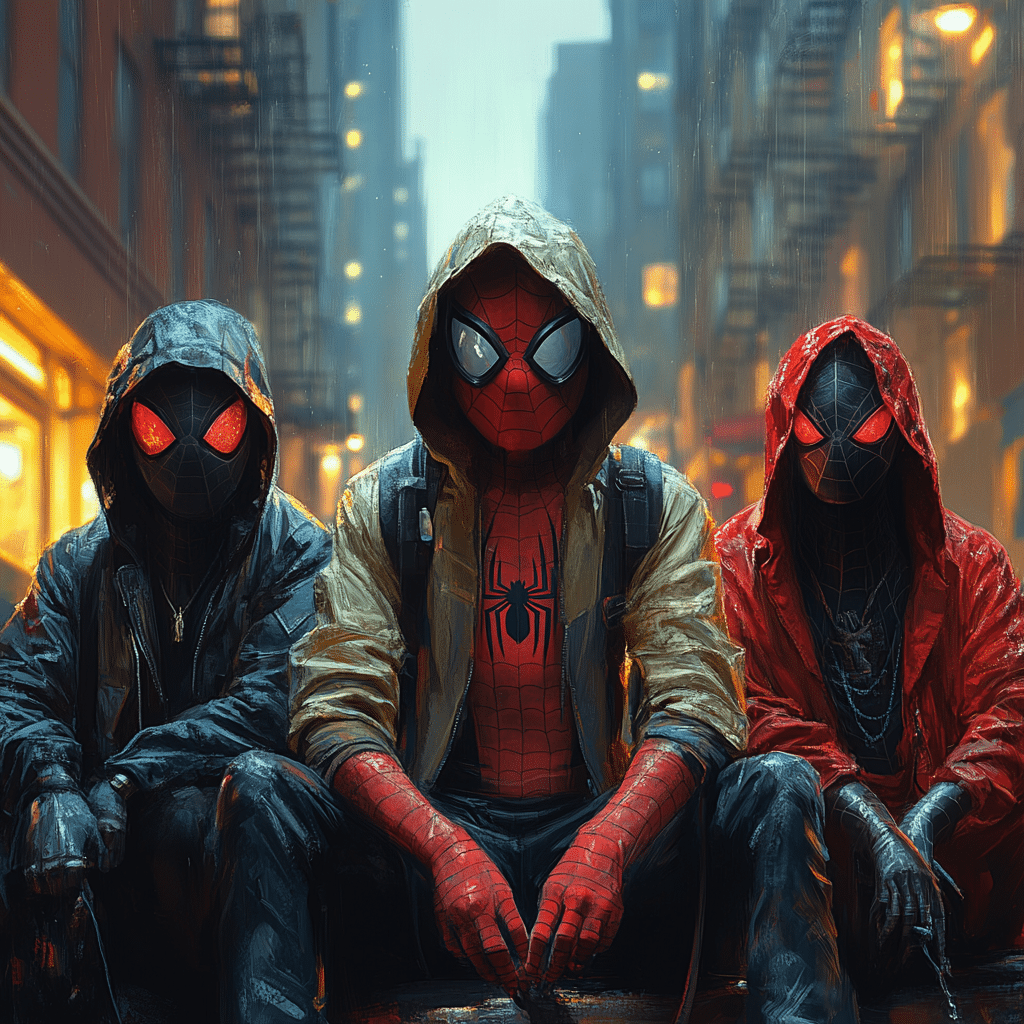
The Collaborative Spirit of Animation
Collaboration shines brightly in Spiderman Into The Spiderverse, demonstrating how a blend of talents can yield transformative results. The production team—animators, graphic designers, and directors—each brought their unique insights, sculpting a film that pushed the envelope. It signifies a movement towards a more interconnected industry where collaboration fosters richer visuals and narratives.
The film encourages a spirit of teamwork that the broader animation community is now adopting. Look at projects like Fireboy and Watergirl—the collaborative mechanics at play are reminiscent of the creative synergy seen in Into The Spiderverse. Sharing ideas and tools can lead to new narratives that sing like a well-tuned instrument.
This harmonious blend of creativity showcases that diverse methods can create unified masterpieces. We see it more today in animation, where technology enables teams to collaborate like never before. The result? An ongoing fusion of ideas, dropping genre barriers and setting new spiritual markers for artistic endeavors.
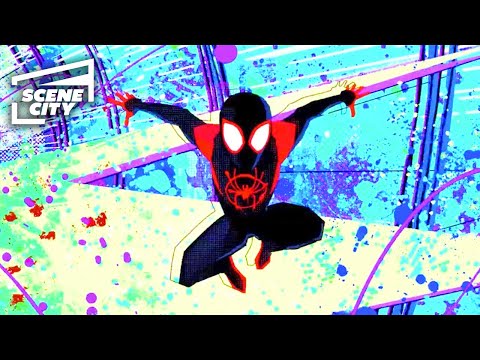
Lessons for Future Storytelling in Animation
The storytelling techniques employed in Spiderman Into The Spiderverse provide vital lessons for future animated projects. It emphasizes marrying visual allure with narrative depth. It’s this melding of emotional engagement that future filmmakers should prioritize, as it’s in the nuance that true storytelling lies.
Animated films like Turning Red demonstrate this growing awareness. Balancing the intricacies of character identity with relatable themes is a skill that every storyteller should take to heart. The emotions surrounding identity issues resonate widely, inviting audiences to reflect on their own experiences.
The film’s pioneering spirit teaches us about the value of exploring multilayered storytelling. Viewers today expect richness in both character development and emotional engagement, leading to more complex narratives that resonate deeply and linger long after the credits roll. The trajectory laid by Spiderman Into The Spiderverse sets a precedent that future projects will undoubtedly aspire to match.
Wrap-Up: Setting the Stage for the Future of Animation
As we step into a new era of animation, Spiderman Into The Spiderverse is more than just a film; it’s a catalyst for change. This cinematic gem embraces diverse representation, innovative storytelling, and collaborative practices that transform traditional narratives. It’s shaping the future of animated storytelling, ushering in a spectrum of animated features that reflect our vibrant world.
Nobody can deny it: this film inspires creators to delve deeper, exploring bold avenues in storytelling while highlighting that anyone can wear the mask. A simple lesson, perhaps, but a monumental one. The legacy of Spider-Man continues to evolve, setting the stage for animated wonders ready to break new ground. So, as we venture forth into 2024, let’s keep our eyes peeled for what comes next in animation’s thrilling journey!
Spiderman Into The Spiderverse: Fun Trivia and Interesting Facts
The Animation Revolution
“Spiderman Into The Spiderverse” isn’t just another animated film; it’s a genuine game-changer! Released in 2018, this flick broke the mold with its vibrant colors and unique comic book style. The animation employs a technique called “bicubic interpolation,” which adds a distinct charm to each frame. Interestingly, over 800 artists contributed to the film’s stunning visuals, bringing life to the diverse Spider-heroes from across different universes. You might find it fascinating that studios have begun looking at such innovation when creating energetic scenes, even outside the animation genre. If you’re curious about how else creative fields are evolving, check out the article on how to figure out what state am I in.
Behind the Scenes Magic
Did you know that the creative minds behind “Spiderman Into The Spiderverse” drew inspiration from various sources, including graffiti art? It combined street culture with cinematic storytelling to create something fresh! One of the most interesting aspects of the production is how the film seamlessly blends 2D and 3D animation, echoing the intricate themes of the storyline itself. In fact, the character Miles Morales was inspired by real-world stories and is a representative for many. Isn’t that something? And while you’re exploring film connections, dive into sports narratives like the legendary Arsenal Bayern match that beautifully showcases teamwork and strategy.
Spiderverse Multiverse
One of the standout elements of “Spiderman Into The Spiderverse” is its celebration of diversity. The film introduces audiences to multiple versions of Spider-Man—each with their own flair and backstory. Whether it’s the experienced Peter B. Parker or the hilarious Spider-Ham, each character adds depth to the narrative. Plus, the soundtrack features a mix of genres, making it appealing to a wide array of audiences. Speaking of varied interests, it’s intriguing to explore relationships too! For fans keen on zodiac compatibility, look into Aries and Scorpio compatibility to see how personalities mesh just like characters in the Spiderverse.
As we celebrate the impact of “Spiderman Into The Spiderverse,” it’s evident that animation is no longer confined to just kids’ movies. Instead, it’s a vibrant canvas for stories that resonate with all ages. For those interested in tackling their own creative ventures, be sure to check out reviews on devices like the Poco F5 that are designed for the on-the-go creative individual, pushing boundaries just like the film did! Each element of “Spiderman Into The Spiderverse” serves as a reminder that when creativity flows, amazing things can happen.
